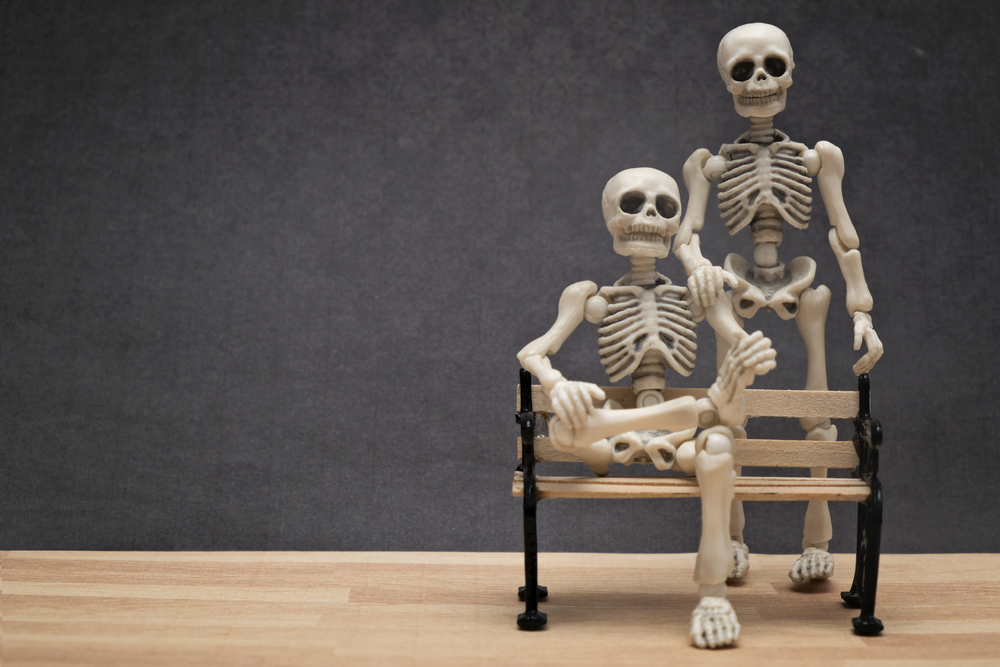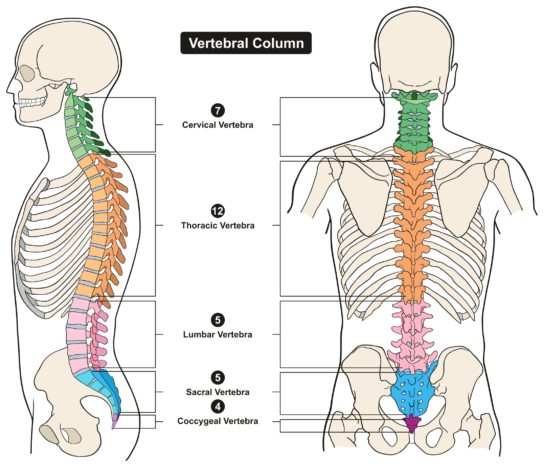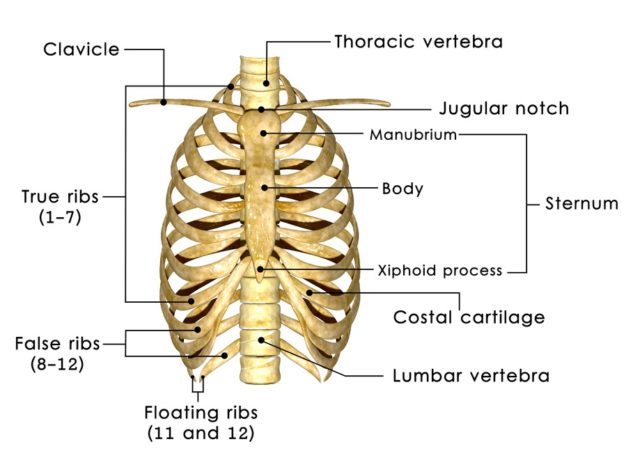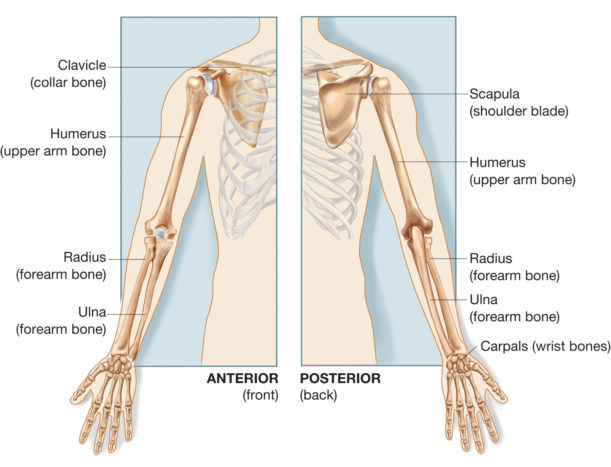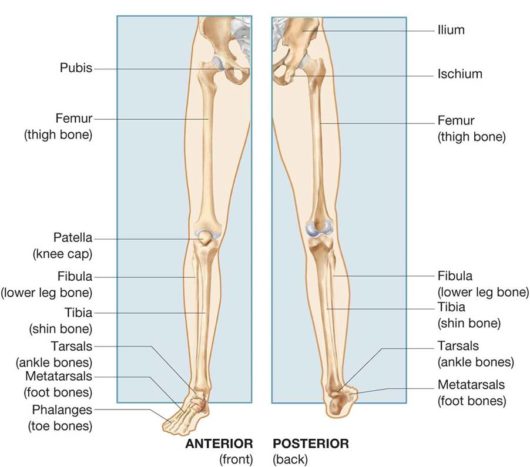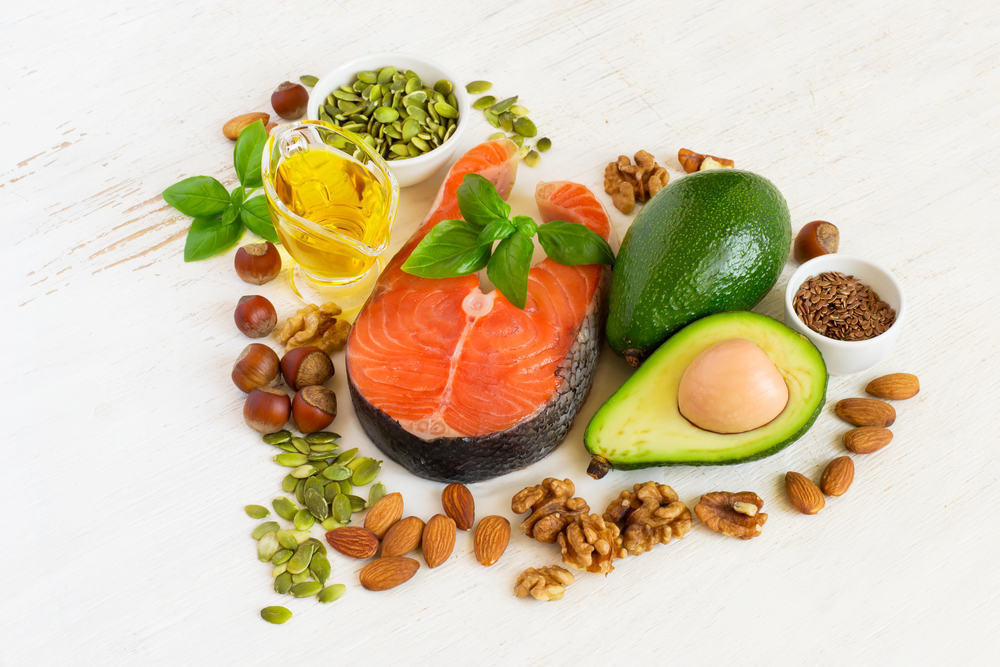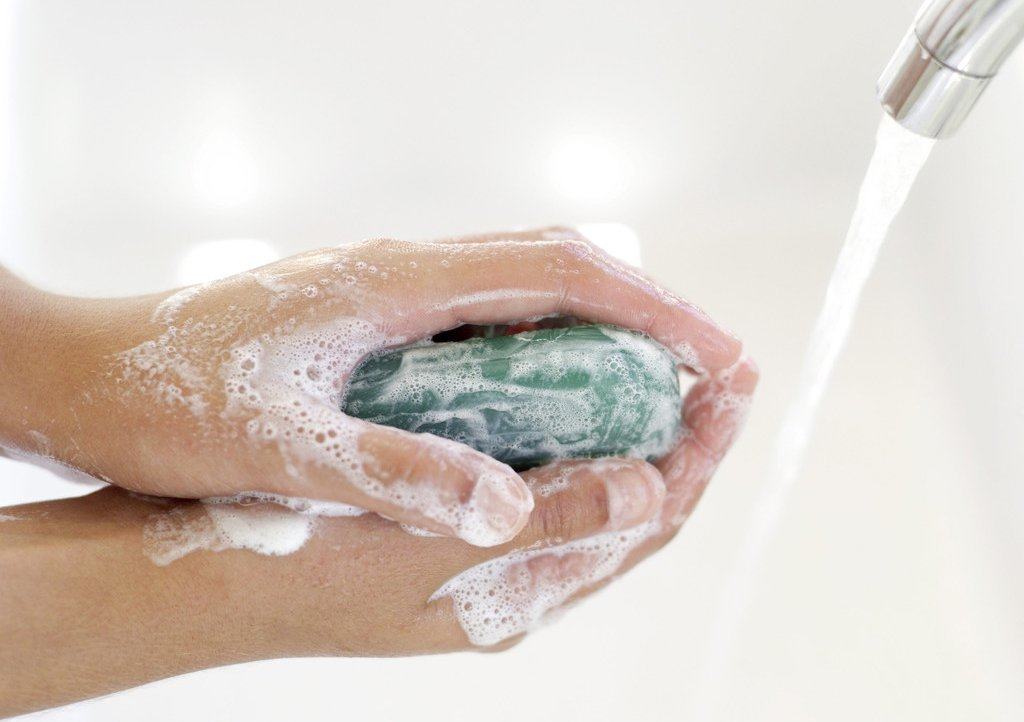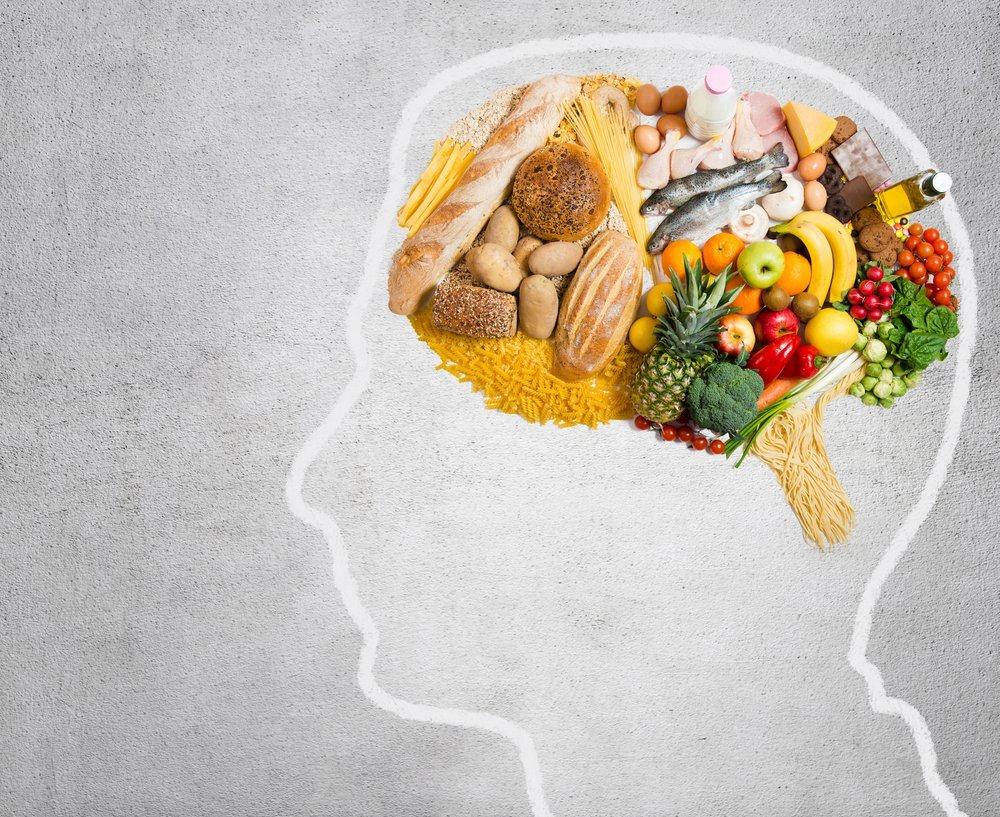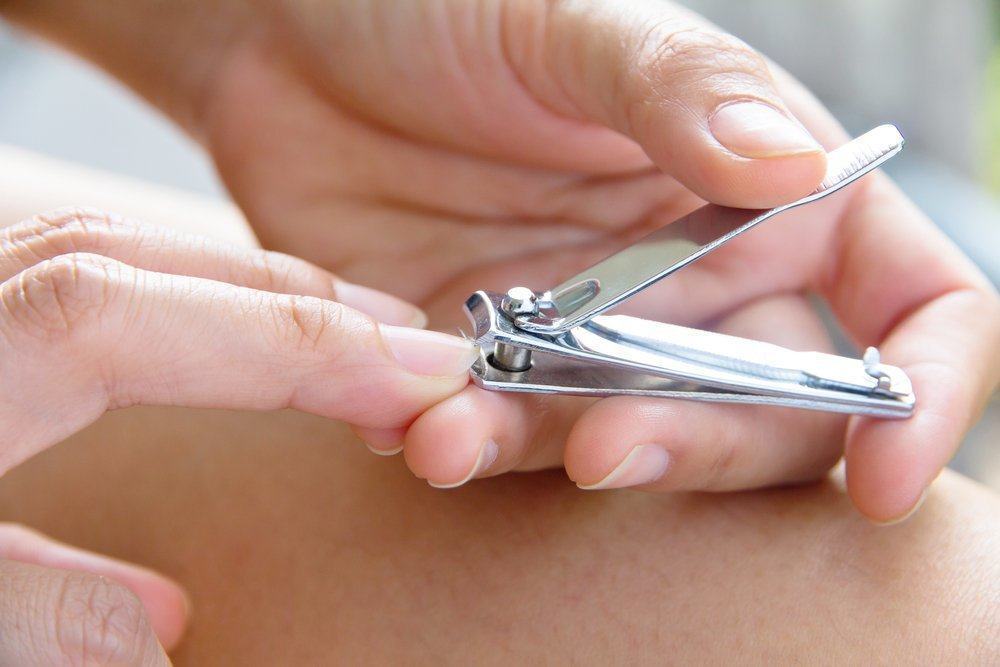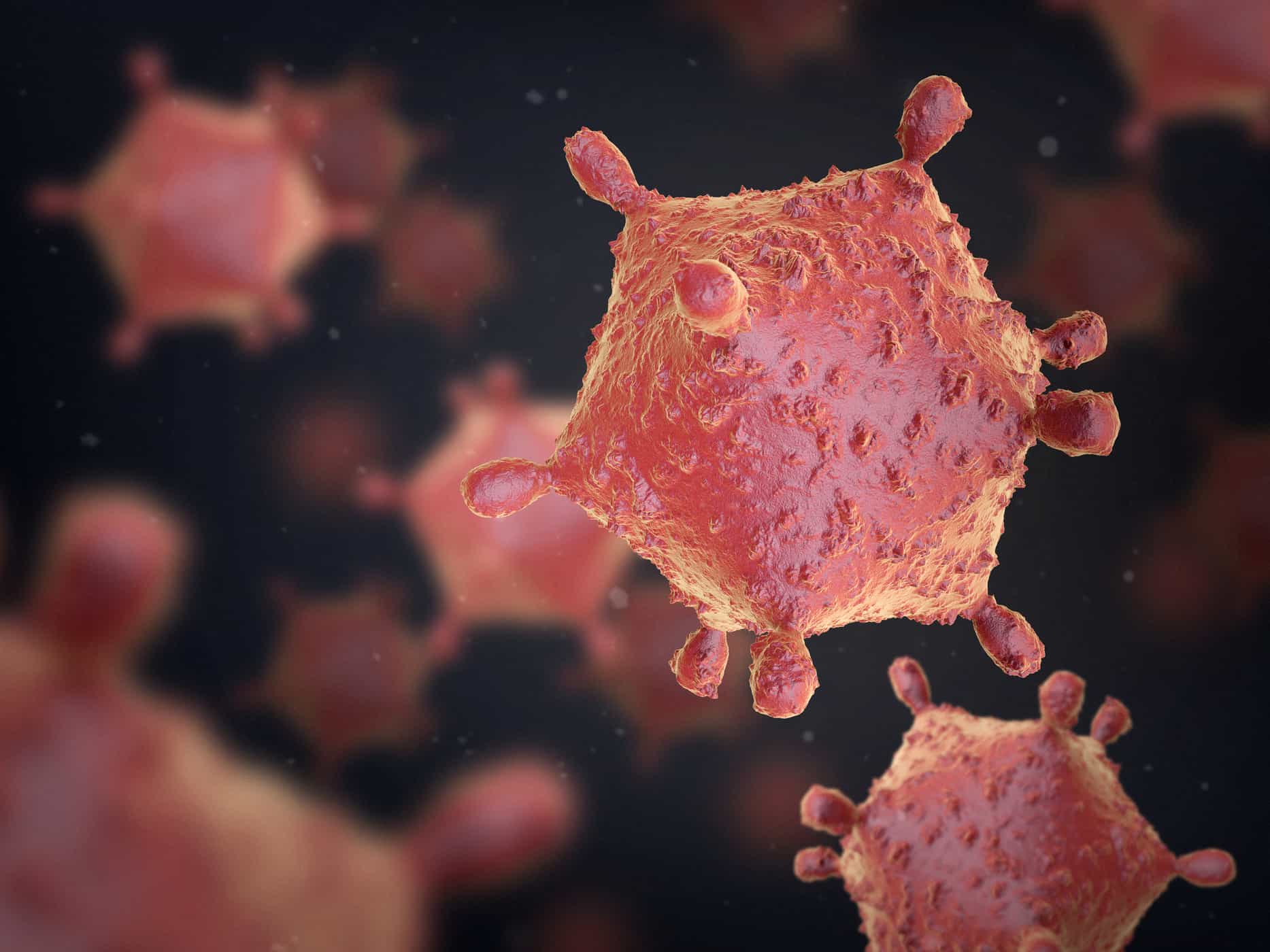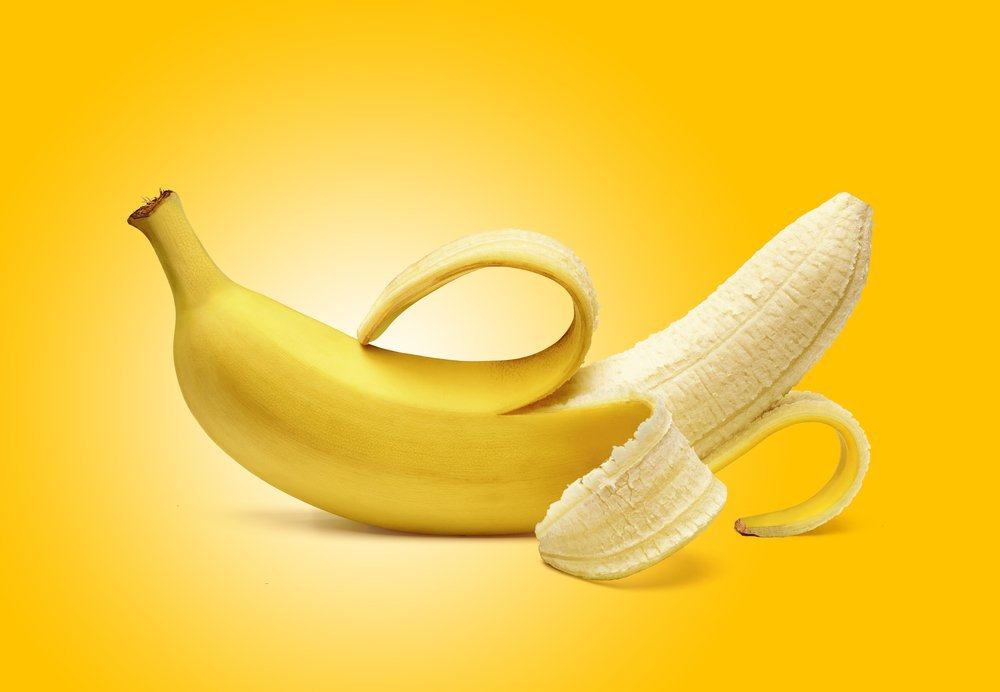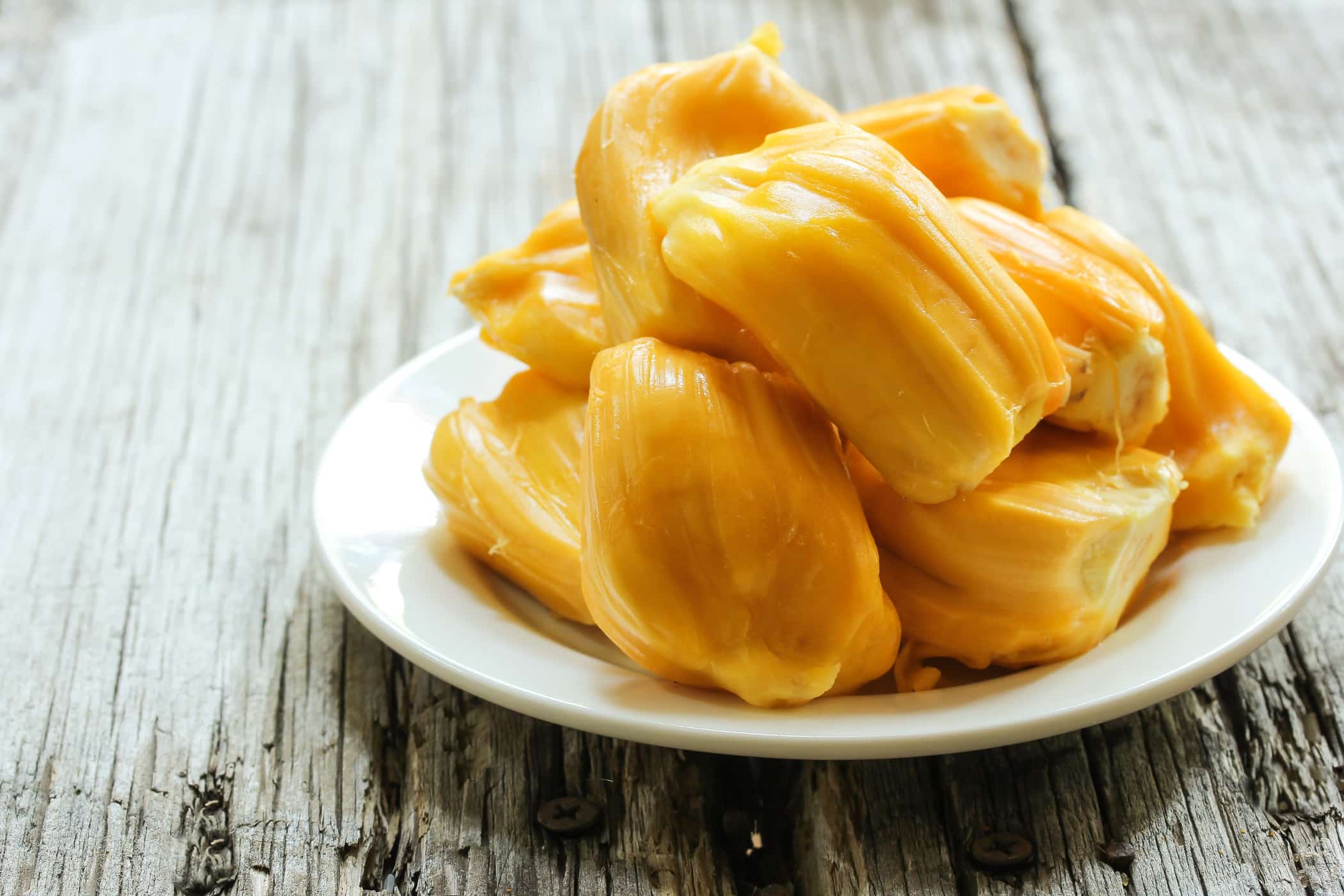Contents:
- Medical Video: Science for kids | Body Parts - SKELETONS | Operation Ouch | Experiments for kids
- Get to know human bones
- Form of human bone
- What is the anatomy of a human bone like?
- Axial bone
- Appendicular bone
Medical Video: Science for kids | Body Parts - SKELETONS | Operation Ouch | Experiments for kids
Initially at birth the human body is formed by 300 bones but along with the development of the body some of these bones are joined together so that when you reach adulthood you have 206 bones. Pretty much not, then what is the anatomy of a human bone like? Check out the reviews here.
Get to know human bones
From your head to your fingers, the bones function to protect and shape the body. The skull and ribs protect the brain and vital organs in the chest.
In addition, bone also functions as
- Support, maintain your vital organs and the spine supports your body to stand up.
- Movement, muscle attached to the bone that is connected. When the muscles contract the bones move.
- Production of blood cells, red blood cells that carry oxygen and white blood cells to protect the body from infection, are produced in the bone marrow.
Form of human bone
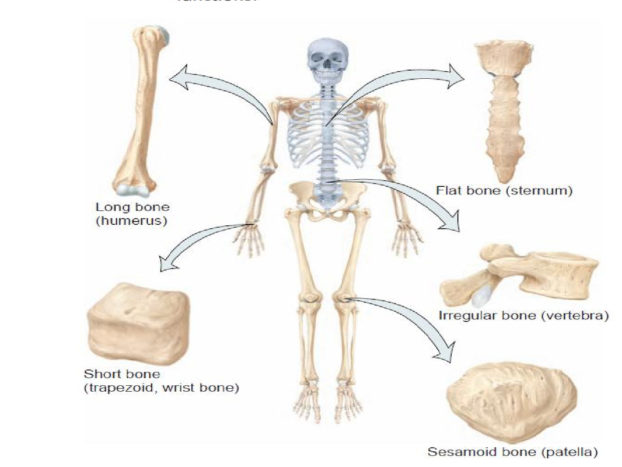
Based on its shape, human bones are divided into five forms, namely:
1. Long bones
Long bones have a cavity and are responsible for supporting the body's skeleton. Examples of long bones include the thigh bone (femur), calf bone (fibula), shin bone (tibia), foot bone (metatarsal), and bone of the palm (metacarpal), fingers (phalanges), and bones that make up the arm namely the humerus, ulna, and radius.
2. Short bones
The size is approximately as long as the width and shaped like a dice or round. This bone allows you to move. Examples of short bones include bones that form the ankles (tarsal) and bones form the wrist (carpal).
3. Flat bones
Flat bones have a very thin size, but the size and shape varies greatly. This bone has a surface area to protect the muscle found in the bone. Examples of flat bones include ribs (rib), skull bones (cranial), sternum (sternum), and scapula (scapula).
4. Irregular bones
Irregular bones have a shape that is incompatible with long, short, or flat bones. Examples of these bones are the spine (vertebrae), sacrum bone, coccygeal, and some bones that form the face such as the wedge (sphenoid), cheekbones (zygomatic), and ethmoid bones.
5. Sesamoid bone
Sesamoid bones are bones that are embedded in tendons (connective tissue that connects muscle tissue to bone). These small round bones are commonly found in the tendons of the hands, knees and feet. Sesamoid bone serves to protect the tendons from pressure on the joints and improve joint efficiency. An example of this bone is the patella.
What is the anatomy of a human bone like?
The anatomy of human bones is divided into two groups, namely axial and appendicular.
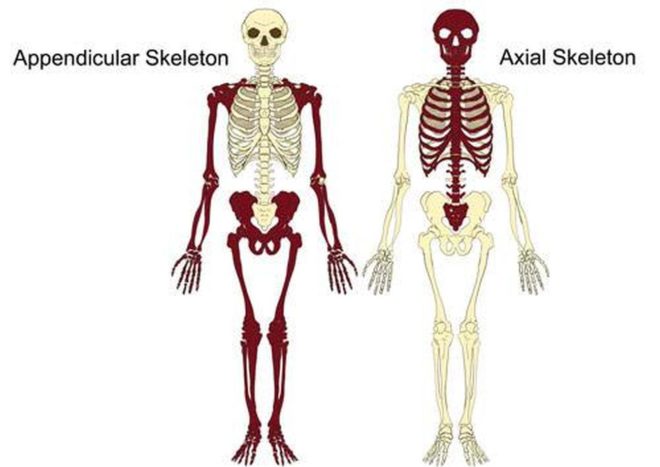
Axial bone
Axial bones cover all the bones along the body, including the skeleton of the skull, which covers the skull and skeleton.
Skull
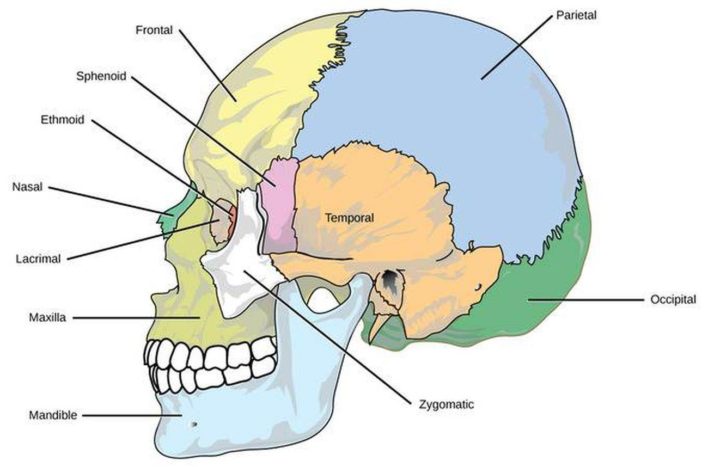
The skull protects the most important part of the whole brain. The skull actually consists of different bones. Some of these bones protect your brain, while others form the structure of your face.
The skull bone consists of the forehead (frontal), fontanel bone (parietal), temporal bone, and facial forming bones namely cheek bone, wedge bone, mandible (mandible), maxillary bone (maxilla), bone tears (lacrimal), and nasal bones (nasal).
Spine (vertebral coloumn)
The anatomy of the human spine has 33 bone segments which are divided into five segments, namely 7 cervical bones, 12 breast bones (thoracic), 5 lower back bones (lumbar), 5 sacrum bones, and 4 coccyx bones (coccygeal)
Each of these bone segments is named for the first letter of the segment and its position along the top to bottom axis, except for the sacrum and tailbone. For example, the upper thoracic breastbone is called T1 and the bottom one is called T12.
Ribs and sternum
The breastbone (sternum) is a thin, blade-shaped bone located along the midline of your body. The sternum is connected to the rib cage by a cartilage called the costal cartilage.
Ribs are useful for protecting the heart, lungs, and liver and other organs in the chest cavity to keep them safe. The human ribs consist of 12 pairs, consisting of 7 pairs of true ribs, 3 pairs of fake ribs, and 2 pairs of ribs floating.
Appendicular bone
The appendicular part includes all the bones that form the upper limbs, lower limbs, shoulders and pelvis and connects with the axial part.
Hand bone
Bone anatomy in the hand, consisting of the upper arm (humerus), wrist (carpal), palms (metacarpal) and fingers. Each arm is attached to the scapula, which is a large triangular bone at the corner of the bone at the top of each side of the rib.
The humerus is located just above your elbow, then below your elbow are two bones, the radius and the ulna. Each shape is wide at the end and thin in the middle. This is to provide strength when meeting other bones.
At the tip of the fingers and ulna there are eight small bones that make up your wrist. On the palms there are five bones. Each finger consists of three bone segments, except the thumb consists of only two bone segments.
Pelvis
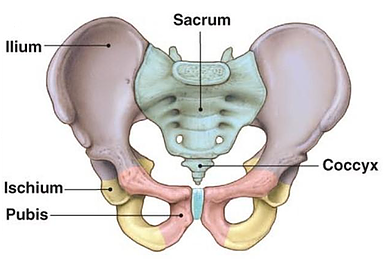
The anatomy of the leg bone will be attached to a group of pelvic bones, which are shaped like bowls that support the spine. The pelvic bone consists of the right and left pelvic bones, each side of which is a combination of three large, flat and irregular bones: ilium, ischium, pubis.
Pelvic bone acts as a protector of body organs around the digestive tract, urinary system, and reproductive system.
Foot bone
Your leg bones to support your body weight so you can stand up straight and walk. The leg bones start from the pelvis to the knees, called the thigh bone or femur. This is the longest bone in the human body. This thigh bone attaches to the pelvic bone.
At the knee, there is a triangular shaped bone called patella, or kneecap. This bone protects the knee joint.
Under the knee there are two other leg bones, the tibia or known as the shin and fibula or calf bone. Just like the three bones in your arm, the three bones in the leg have a wider tip than in the middle to give strength when meeting other bones.
While the ankle bone (metatarsal) is slightly different from the wrist. At the ankle there is a talus bone, which attaches to the calf bone and forms the ankle, then under the talus bone there is a heel, which is connected to the other six bones.
In the tarsal bones there are five long bones that connect to the toes. Each toe has three small bones, except the thumb has only two bones.

